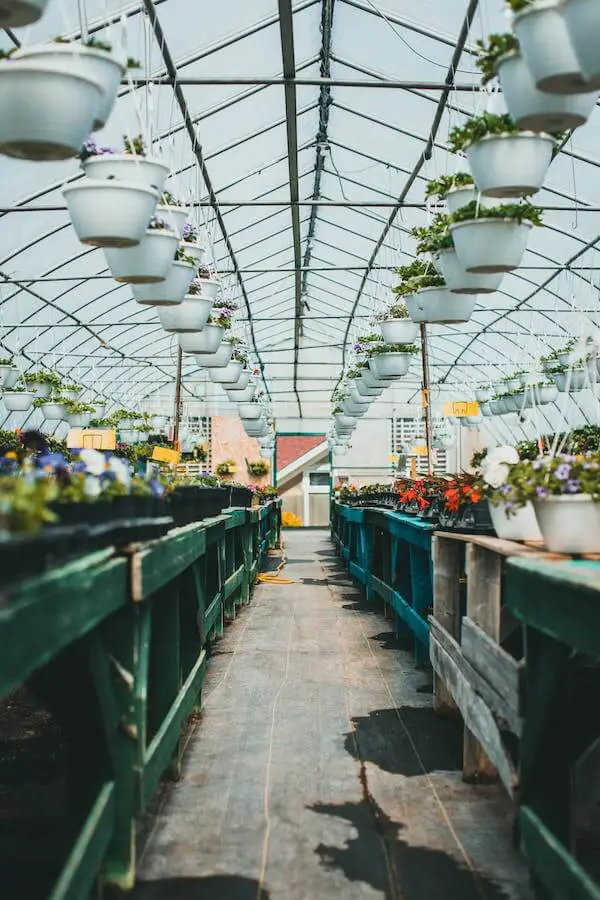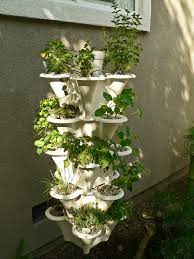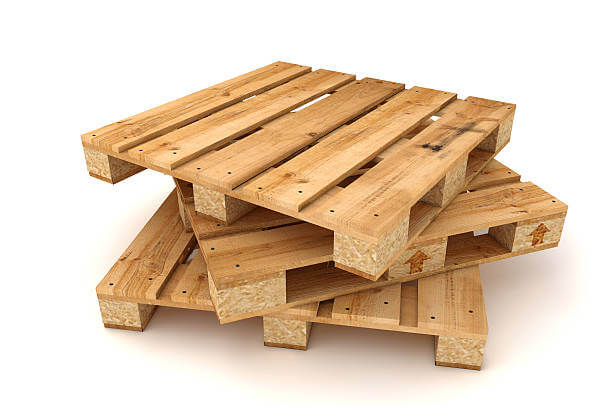Indoor vertical garden systems are setups that allow you to cultivate plants within the confines of your house or a controlled environment. With these systems, you can grow a variety of plants, including herbs, vegetables, flowers, and sometimes even small fruits. These systems are popular for several reasons. You can cultivate all-year-round cultivation and…
Category: Gardens
Herbs are a versatile and aromatic addition to any culinary or medicinal repertoire, and cultivating them doesn’t always necessitate a traditional garden. Whether you have a spacious backyard or a small balcony, various parks cater to herb cultivation. If it is your first time, bountyherbs.com covers you. Discover various gardens to help you produce organic herbs for home and commercial use. This category examines traditional, container, vertical, indoor, outdoor, spirals, raised beds, and other forms of gardening.
Traditional Gardening:
Traditionally, herbs and other crops grow in tilled lands. You don’t have to grow your herbs in large chunks of land unless you produce them for commercial purposes. Your backyard garden, as small as ten square feet, is enough for home-use herbs.
Container Gardening:
Discover the art of growing herbs in pots, containers, pallets, or hanging baskets. These, too, are gardens and make great options for individuals with limited space, as containers can be placed on balconies, patios, windowsills, or indoors. Ensure that the containers have proper drainage to prevent waterlogging.
Indoor Herb Gardens:
You can grow many herbs indoors and outdoors. With the right amount of sunlight, preferably near a sunny window or supplemented with artificial light, you can cultivate herbs like basil, rosemary, thyme, and mint on your kitchen countertop or any suitable indoor space.
Vertical Gardens:
Vertical gardening involves growing herbs on vertical structures like wall-mounted shelves, hanging pockets, or trellises. This method is space-efficient and can be implemented both indoors and outdoors.
Herb Spirals:
Herb spirals are permaculture-inspired designs that use a spiral-shaped raised bed to create microclimates suitable for different herbs. This method is aesthetically pleasing and maximizes space efficiency.
Raised Beds:
While traditional garden beds are one option, raised beds are an alternative for growing herbs. Fill beds with well-draining soil and place them on patios, decks, or ground.
Community Gardens:
If you lack space at home, consider participating in a community garden. These shared spaces allow individuals to cultivate herbs and other plants in a communal setting.
Conclusion
When growing herbs in non-traditional environments, it’s essential to consider the specific needs of each herb, such as sunlight requirements, soil quality, and watering preferences. Choosing the right method and providing suitable conditions allows you to grow various herbs without needing a traditional garden.
Herb Tower Garden DIY
Creating an herb tower garden should be a simple thing to do. At least, not with this practical and outdoor space-saving guide! You will grow various herbs in a vertical structure, thus saving space and enjoying homegrown organic herbs year-round. To make a herb tower garden, select your frame, including a tiered planter, pot…
How To Build Pallets For Herb Garden: The Ultimate Guide
In gardening, innovation meets sustainability, so building pallets for herb garden is the way to go. The wooden structures solve space issues, among other shortcomings in herb cultivation. Pallets are no longer overlooked as before. After their usage in shipping and logistics, they often find their way to new purposes, more so in the hands…



